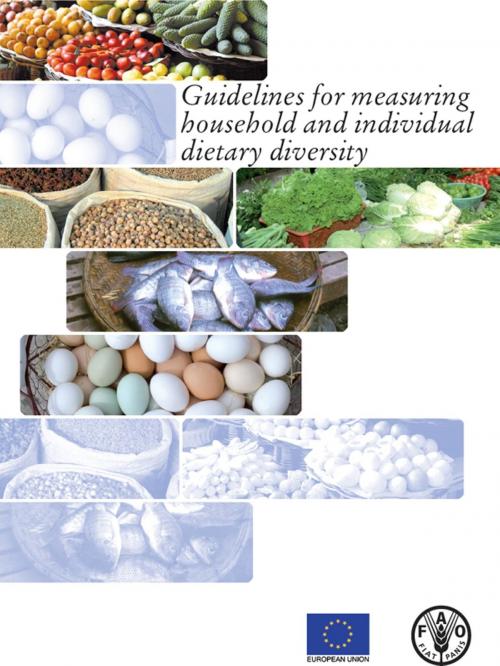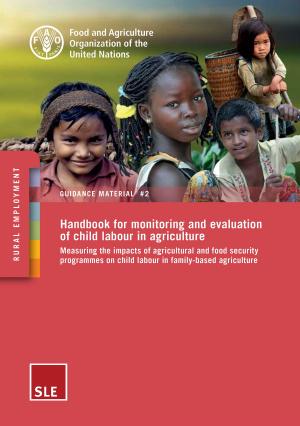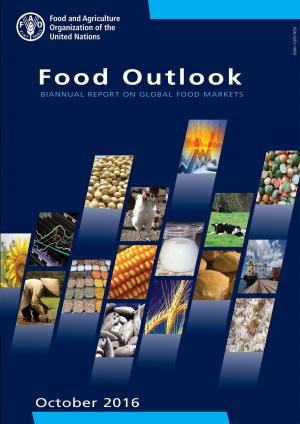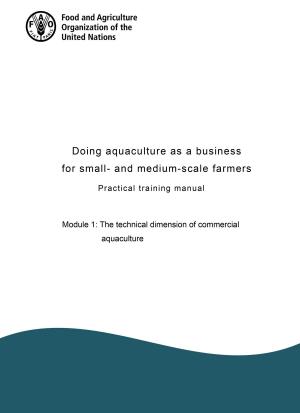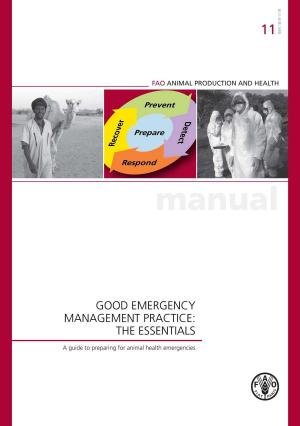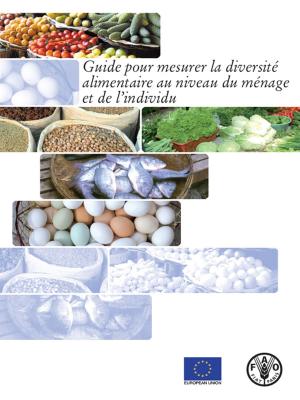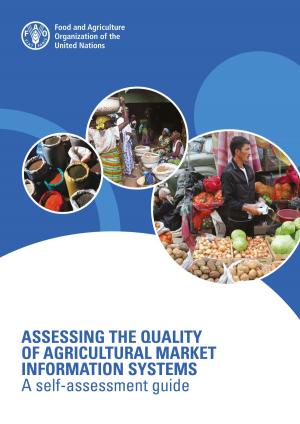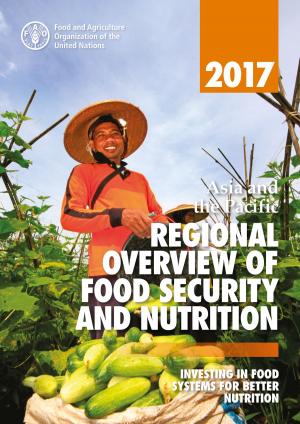Guidelines for Measuring Household and Individual Dietary Diversity
Nonfiction, Health & Well Being, Medical, Patient Care, Nutrition| Author: | Food and Agriculture Organization of the United Nations | ISBN: | 9789251086322 |
| Publisher: | Food and Agriculture Organization of the United Nations | Publication: | April 22, 2015 |
| Imprint: | Smashwords Edition | Language: | English |
| Author: | Food and Agriculture Organization of the United Nations |
| ISBN: | 9789251086322 |
| Publisher: | Food and Agriculture Organization of the United Nations |
| Publication: | April 22, 2015 |
| Imprint: | Smashwords Edition |
| Language: | English |
A recent development has led to a new dietary diversity indicator, the Minimum Dietary Diversity-Women (MDD-W), to replace the Women’s Dietary Diversity Score (WDDS). However, the procedures for the assessment of Household Dietary Diversity Score (HDDS) remain unchanged. New standalone guidelines for both the MDD-W and the HDDS are being developed and will be available soon from http://www.fao.org/food/nutrition-assessment/en/. It is recommended to follow the new procedures and guidelines for assessing dietary diversity in any future studies.
Obtaining detailed data on household food access or individual dietary intake can be time consuming and expensive, and requires a high level of technical skill both in data collection and analysis. Dietary diversity is a qualitative measure of food consumption that reflects household access to a variety of foods, and is also a proxy for nutrient adequacy of the diet of individuals. The dietary diversity questionnaire represents a rapid, user-friendly and easily administered low-cost assessment tool. Scoring and analysis of the information collected with the questionnaire is straightforward. The dietary diversity scores described in these guidelines consist of a simple count of food groups that a household or an individual has consumed over the preceding 24 hours. The guidelines describe the use of the dietary diversity questionnaire at both the household and individual level, for which calculation of the score is slightly different in each case. The data collected can also be analyzed to provide information on specific food groups of interest. The household dietary diversity score (HDDS) is meant to reflect, in a snapshot form, the economic ability of a household to access a variety of foods. Studies have shown that an increase in dietary diversity is associated with socio-economic status and household food security (household energy availability) (Hoddinot and Yohannes, 2002; Hatloy et al., 2000).
A recent development has led to a new dietary diversity indicator, the Minimum Dietary Diversity-Women (MDD-W), to replace the Women’s Dietary Diversity Score (WDDS). However, the procedures for the assessment of Household Dietary Diversity Score (HDDS) remain unchanged. New standalone guidelines for both the MDD-W and the HDDS are being developed and will be available soon from http://www.fao.org/food/nutrition-assessment/en/. It is recommended to follow the new procedures and guidelines for assessing dietary diversity in any future studies.
Obtaining detailed data on household food access or individual dietary intake can be time consuming and expensive, and requires a high level of technical skill both in data collection and analysis. Dietary diversity is a qualitative measure of food consumption that reflects household access to a variety of foods, and is also a proxy for nutrient adequacy of the diet of individuals. The dietary diversity questionnaire represents a rapid, user-friendly and easily administered low-cost assessment tool. Scoring and analysis of the information collected with the questionnaire is straightforward. The dietary diversity scores described in these guidelines consist of a simple count of food groups that a household or an individual has consumed over the preceding 24 hours. The guidelines describe the use of the dietary diversity questionnaire at both the household and individual level, for which calculation of the score is slightly different in each case. The data collected can also be analyzed to provide information on specific food groups of interest. The household dietary diversity score (HDDS) is meant to reflect, in a snapshot form, the economic ability of a household to access a variety of foods. Studies have shown that an increase in dietary diversity is associated with socio-economic status and household food security (household energy availability) (Hoddinot and Yohannes, 2002; Hatloy et al., 2000).
